Your Complete Guide to Green Teas: Facts, brewing methods & more
Green tea, with its delicate flavors and rich history, has been cherished for centuries in various cultures. From its origins in China to its wide array of types and brewing methods, green tea offers a fascinating journey for tea enthusiasts. In this complete guide, we'll explore the origins, types, brewing techniques, and interesting facts surrounding green tea.
[image collection 1]
Origins of Green Tea
Green tea is known to be cultivated in China, 4000 years ago. It is believed that Emperor Shen Nong discovered the properties of tea when tea leaves blew into his boiling water.
Your Complete Guide to Green Teas: Facts, brewing methods & more
Green tea, with its delicate flavors and rich history, has been cherished for centuries in various cultures. From its origins in China to its wide array of types and brewing methods, green tea offers a fascinating journey for tea enthusiasts. In this complete guide, we'll explore the origins, types, brewing techniques, and interesting facts surrounding green tea.
Origins of Green Tea
Green tea is known to be cultivated in China, 4000 years ago. It is believed that Emperor Shen Nong discovered the properties of tea when tea leaves blew into his boiling water.
From China, green tea spread to Japan and eventually to other parts of the world. Currently, India is also emerging as a notable producer of green tea, with its distinct offerings.
Types of Green Teas
Take a look at different types of loose leaf green teas available across the globe and learn about their distinctive characteristics.
Chinese Green Teas
Japanese Green Teas
Indian Green Teas
Brewing Methods
Brewing green tea requires precision and care to unlock its delicate flavors fully. Here's a simple guide to brewing the perfect cup:
- Water Temperature: Heat water to around 175°F (80°C) for most green teas. Boiling water can scald the leaves, resulting in a bitter brew.
- Steeping Time: Steep green tea for 1-3 minutes, depending on the variety. Over-steeping can lead to a bitter taste, so it's essential to monitor the time closely.
- Tea-to-Water Ratio: Use about 1 teaspoon of loose leaf tea per 8 ounces of water. Adjust the amount based on personal preference and the strength of the tea desired.
Interesting Facts About Green Tea
In conclusion, green tea's rich history, diverse varieties, and nuanced brewing techniques make it a beloved beverage cherished by tea enthusiasts worldwide. Whether you prefer the grassy notes of Japanese Sencha, the floral aroma of Darjeeling Green, or the bold flavor of Chinese Longjing, there's a green tea variety to suit every palate and occasion. So, brew yourself a cup, and embark on a journey through the enchanting world of green tea.




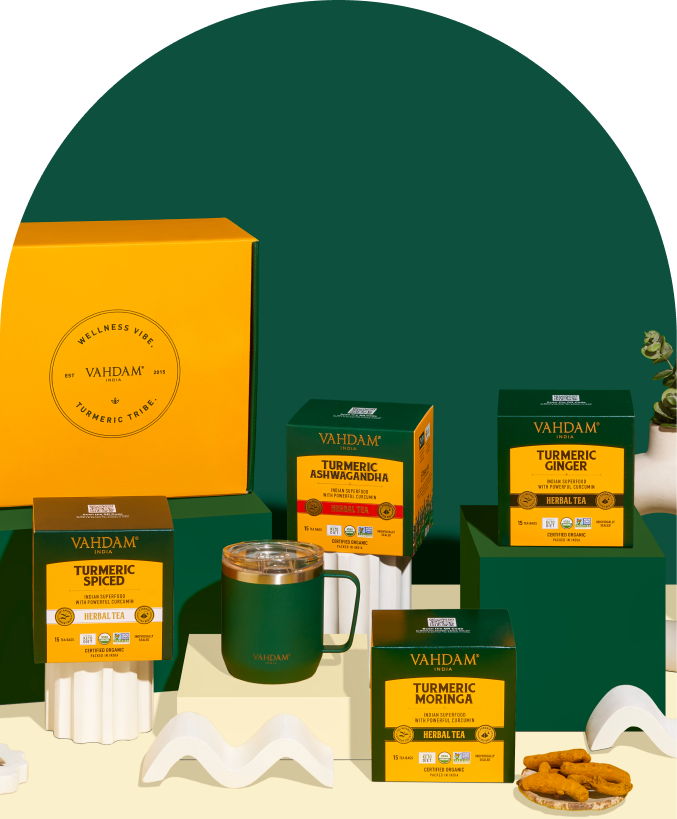

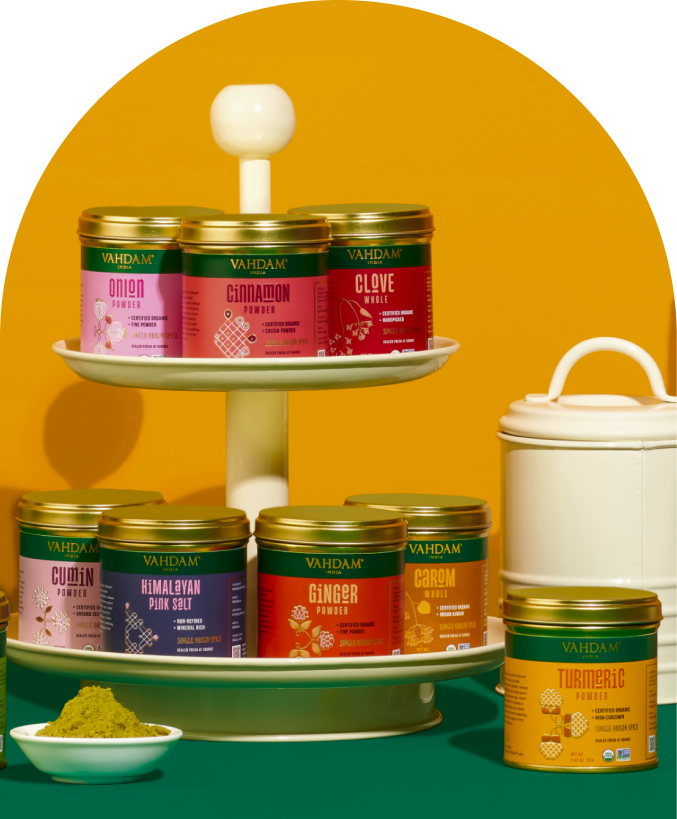
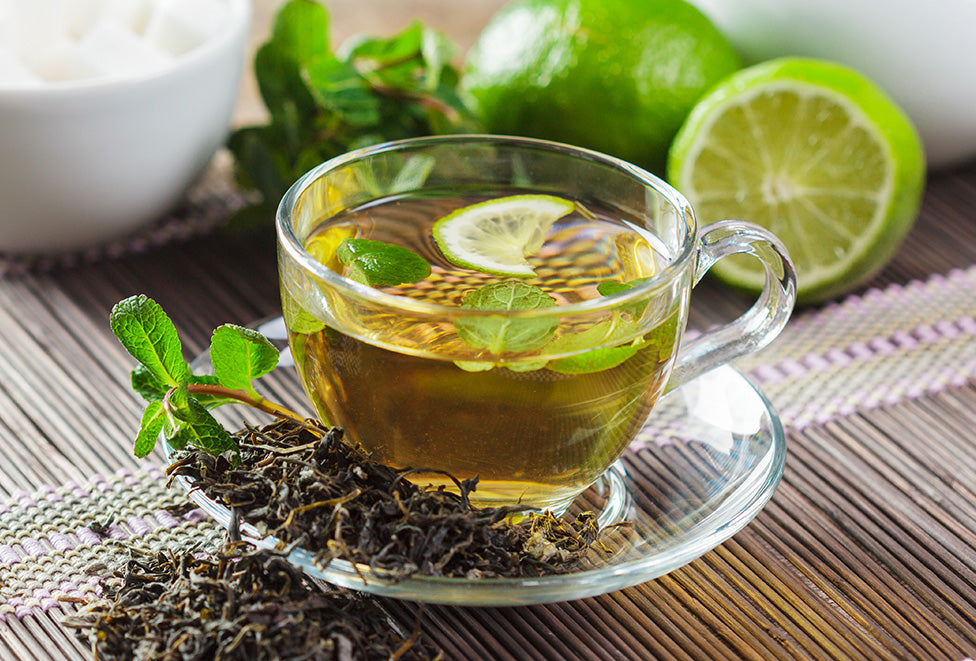
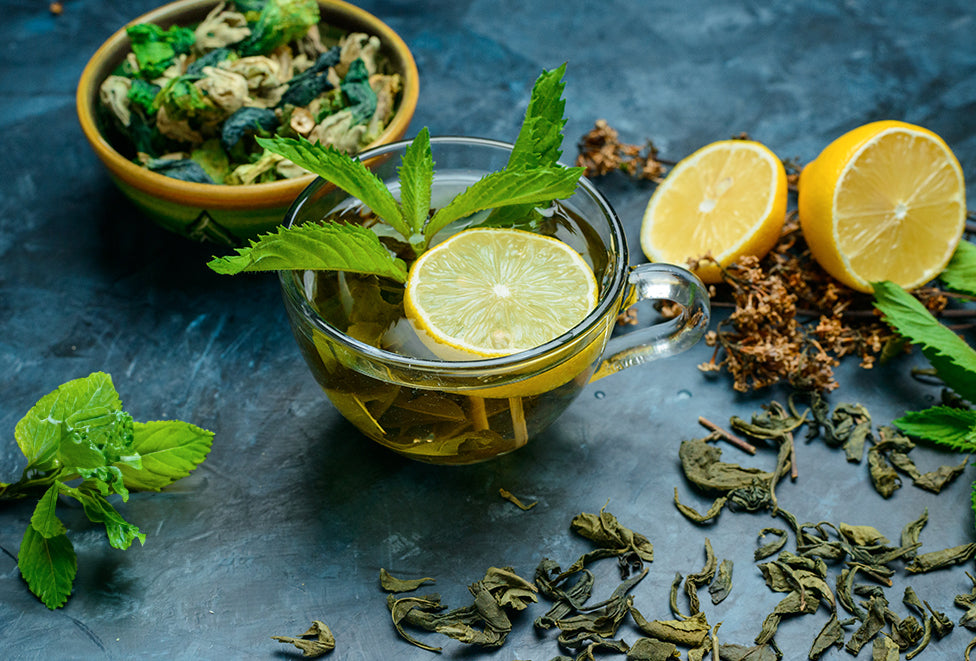
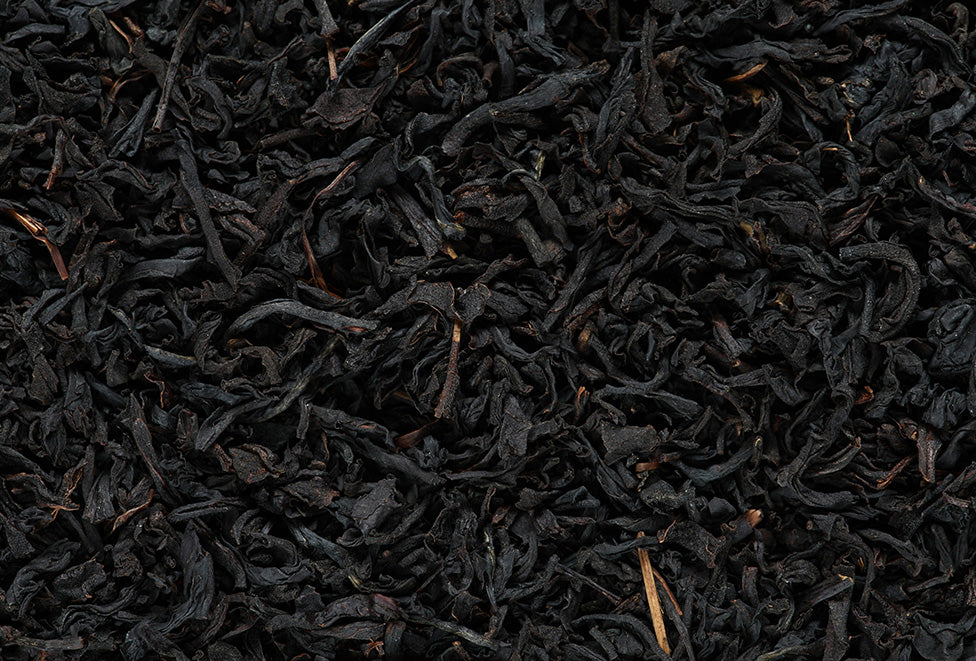
Leave a comment
All comments are moderated before being published.
This site is protected by hCaptcha and the hCaptcha Privacy Policy and Terms of Service apply.